Whitepapers & E-Books
The following whitepapers and e-books have been made available to readers of Becker's Hospital Review. Click on a category below to see the whitepapers and e-books available on that topic.
- ASC/Spine - click here to download all.
- Payer - click here to download all.
- Process Improvement - click here to download all.
- Health IT - click here to download all.
- Finance - click here to download all.
- Clinical - click here to download all.
- Dental - click here to download all.

However, shipping is an overlooked opportunity for significant savings. This brief report covers how Mountain View Hospital lowered shipping costs while supporting quality care through a collaboration with OptiFreight® Logistics.
Readers will learn about key insights that led to success, including:
- Tailored, innovative shipping solutions with no change to current processes
- Dedicated support from a team of committed logistics experts to continuously identify savings opportunities
- Data analytics and dashboards to track performance and share with departments and executive management

In this whitepaper, you'll learn current challenges, creative approaches and best practices pharmacy leaders are using at hospitals and health systems across the country to help manage pharmacy costs.
Key learning points:
- The role of pharmacy departments in controlling costs
- Key metrics leaders are assessing in an evolving billing landscape
- Partnerships that can promote financial well-being

In less than a year, Atlas Healthcare Partners — one of the nation’s fastest growing ASC management companies — has been able to significantly free up capacity for existing revenue cycle staff. This has led to measurable financial and productivity gains, and improved satisfaction for patients and staff.
This case study delves into how the company leveraged workforce automation and analytics solutions to solve long standing inefficiencies facing many revenue cycle teams.
Key learning points:
- Using technology to create additional capacity for existing staff
- Optimizing tasks across the RCM cycle, from pre-registration to back-office building
- 4 major areas of improvement when revenue cycle automation is done right

It's time to work smarter, not harder. That means revenue cycle leaders need to find new ways to do more with less.
This white paper explores how to streamline processes with intelligent automation, simplify cross-training and onboarding, and cut down on outdated manual processes.
Learnings include:
- Specific benefits of automation in rev cycle
- How to create an intelligent automation strategy
- How to decide which tasks to automate first

Based on increasing revenue cycle work and a shortage of skilled workers, it is impossible to hire enough people or ask current employees to work harder.
It’s time to work smarter, not harder. What does working smarter in the revenue cycle mean? It means finding innovative ways to do more with less.
Download for best practices on:
- Developing a smarter revenue cycle and administrative strategy
- Cutting down on outdated manual processes
- Streamlining existing processes with intelligent automation

Becker's Healthcare recently hosted a panel-style webinar with three healthcare leaders who shared how organizations can break through these barriers and achieve effective and efficient care management programs. They examined the current state of care management, proposed improvements and discussed how a comprehensive data approach can enable contextual awareness.
Major themes examined during the conversation include:
- Why conventional care management strategies aren't driving positive results
- How healthcare organizations can cultivate patient relationships built on trust
- Why patient data capture must adapt to the patient journey

In this research-based guide, you'll learn the critical challenges and strategies for developing a modern data platform that can effectively integrate, manage and utilize real-time data for better healthcare outcomes.
Key learning points include:
- The significance of embracing platform thinking to overcome fragmented healthcare data systems and the importance of real-time data integration for actionable insights
- Strategies for achieving seamless data integration and overcoming the technical challenges associated with real-time data ingestion, interoperability and integration of both clinical and nonclinical data sources
- The key role of DataOps in monitoring and ensuring the quality, security and compliance of healthcare data

This white paper explores current trends and forecasts future developments in healthcare data analytics and interoperability aims for EHRs. Embracing these trends will be key for healthcare organizations striving to stay at the forefront of innovation, quality care and compliance.
Learning points:
- Achieve a more efficient, accurate and member-focused system
- Improve data quality to positively affect member care and outcomes
- Modernize quality measurement systems

This report includes key insights on consumer feedback trends, hospital rankings and strategies to boost reputational performance from leading systems.
Key insights:
- Trends on consumer feedback and health system's reputational performance
- 50 health systems + 20 hospitals with the highest reputation scores
- How healthcare marketers can build and execute a reputation performance program

This white paper includes the insights and tools needed to tackle the complexities of talent acquisition in the healthcare industry and provides talent strategies to address clinical labor shortages in the healthcare recruitment landscape. Learn how to implement scalable and flexible recruitment strategies, create compelling recruitment campaigns, foster candidate engagement, and build a talent pipeline that drives organizational growth.
Key learnings:
- Gain actionable tactics to elevate your healthcare recruitment efforts
- Explore how candidate marketing can be used to attract and retain top-tier talent
- Discover insights on building a talent pipeline that drives organizational growth

In this white paper, you'll learn how a $6 billion health system revolutionized its workforce management through an innovative, on-demand nursing tool. The health system achieved $85 million in savings, streamlined onboarding processes and optimized staffing levels across its 23 hospitals. By successfully onboarding 1,500 healthcare professionals, the health system demonstrated its current growth and commitment to meeting healthcare demands.
Read more to learn:
- How the health system saved $85 million through strategic implementation of an on-demand nursing technology
- The benefits of flexible scheduling options and expedited onboarding processes in optimizing workforce management
- How this technology facilitated seamless transitions to full-time employment for healthcare professionals

Flexibility has become an increasingly important part of a health system's workforce strategy. Clinicians are consistently pointing to scheduling flexibility as a key factor that reduces work-related stress and burnout.
Health systems that have aced their flexibility strategies have tapped into on-demand staffing solutions, like Medely, to address administrative burdens, improve patient care and drive savings. Download this brief eBook to learn more about how systems are delivering the flexibility clinicians expect, while saving on excessive overtime costs and improving nurse satisfaction.
Key learning points:
- Minimize recruiting costs through direct access to pre-screened professionals
- Avoiding excessive overtime
- Strategies to improve retention and morale, and enhance patient care through Medely's flexible scheduling options.

Left unchecked, healthcare's workplace violence crisis will have profound effects on staff engagement, patient satisfaction and quality outcomes. With workers increasingly facing violent and aggressive events on the job, safety has emerged as a central focus for hospital and health system leaders.
Increasingly, nurses and other workers are prioritizing safety in their choice of employment. Now, hospitals are strengthening their approach to foster and elevate a culture of safety and transparency to protect patients and staff, and ensure teams can work without fears about a lack of security.
Becker's and Commure recently caught up with hospital executives to learn more about how their organizations are bolstering security and fostering a culture of safety.
Download a summary of the conversation to learn about:
- Specific security-related interventions hospitals are seeing success with
- Effective, transparent communication with employees about safety measures
- Best practices for creating an integrated safety strategy, and the role technology plays

This guide can help hospital leaders and executives supplement or accelerate their work on professional well-being at the operational level.
What makes this guide special:
- Builds upon existing research and resources from organizations who have made strides to address healthcare worker burnout.
- Includes six evidence-informed actions with useful background information and tools to fully equip leaders to make improvements.
- Real-world tested in six hospitals across the United States.

TeamHealth worked around these challenges by implementing a hospital medicine productivity program that raised productivity by 7.7% while increasing early discharges and lowering readmission rates. This case study outlines their strategy.
Download the case study to learn:
- Key takeaways for implementing a productivity program that doesn't overburden physicians
- How to use data to boost productivity and maximize revenue
- A robust set of tactics for leaders to draw from

For the first time since the start of the pandemic, employee engagement is on the upswing, according to Press Ganey's analysis of data from 2.2 million U.S. healthcare workers. However, retention remains a key challenge for healthcare organizations, especially among nursing roles.
This white paper offers a state of the union on the healthcare workforce in 2024, highlighting key trends and strategies organizations can use to boost employee retention and experience.
Key learnings:
- Employee engagement trends, segmented by role
- Key turnover trends and how to mitigate flight risks
- The key drivers of employee retention and engagement

Integrating and scaling much-needed behavioral health services is a challenge, especially when rural communities or high-acuity patients are involved. This white paper details potential roadblocks and offers a path forward for hospitals to create a financially sustainable program.
You will learn:
- How health systems are approaching integrated behavioral health care
- The current challenges facing health systems and potential solutions
- Best practices for delivering true behavioral health integration

To provide the best possible care and optimize health outcomes for patients served, understand how to enable your staff with continuous learning opportunities and strengthen your culture of learning.
In this white paper you will learn:
- What a learning organization looks like
- The 5 disciplines of a learning organization
- How to create and sustain a learning organization

This guide explores the features and advantages of internal agencies and internal float pools and presents case studies demonstrating how clients have executed and achieved favorable outcomes with these solutions.
Health systems that implement internal agencies or internal float pools achieve outcomes including:
- Proactive management of staffing needs
- Increased flexibility to serve areas of highest demand
- Improved fill rates
- Reduced contingent labor spend and overall labor costs
- Improved employee retention

Bon Secours Mercy Health, a 48-hospital system based in Cincinnati, solved the problem of manual data entry through a new integration with their EHR. This whitepaper outlines how the system improved efficiency, regulatory compliance, and patient and provider satisfaction through the new program.
You will learn:
- Potential barriers to language services compliance
- How to eliminate manual data entry and free up time for providers
- How Bon Secours cut report generation time by 50% while dramatically improving data quality

In this white paper, you'll see results from a front-line nurse career report, which highlights survey findings from 500 active clinicians across 164 health systems and their needs, preferences and views on how leaders can build the future of nursing across generations.
You will learn:
Top preferences for achieving a healthy workforce and higher retention rates
Nurses' desires related to scheduling and travel/rotational programs
Key recommendations for supporting flexibility

In this industry report, you'll learn more about where AI technology can be applied in executive recruiting, its potential benefits to talent management and its limitations.
Download to read more about:
- The facets and current state of AI in the healthcare market
- Use cases for AI in executive recruiting (e.g., drafting core documents, building candidate panels and evaluations, talent insights etc.)
- Concerns about this budding technology

With labor expenses accounting for 50% of hospital costs, tackling these workforce issues is essential to getting labor costs under control. To navigate this complex landscape, healthcare decision-makers must have a future-ready workforce strategy.
In this white paper, you will learn how a flexible workforce model can help healthcare facilities cut down on labor costs and achieve financial sustainability.
Key learning points:
- Introduce a solution that can empower healthcare facilities to effectively address workforce challenges.
- Learn how to leverage a flexible workforce model to enable elastic provisioning effectively.
- Explore the benefits of implementing a flexible workforce platform to ensure your workforce strategy is future-ready.

This white paper details how comprehensive services offered by medical equipment distributors can help health systems contain costs and improve efficiency.
You’ll learn:
- How medical equipment distribution services can help improve staff retention, efficiency, and cost containment.
- What to look for when choosing a medical equipment distributor.
- How systems like NewYork-Presbyterian and PeaceHealth profited from services offered by a medical equipment distributor.
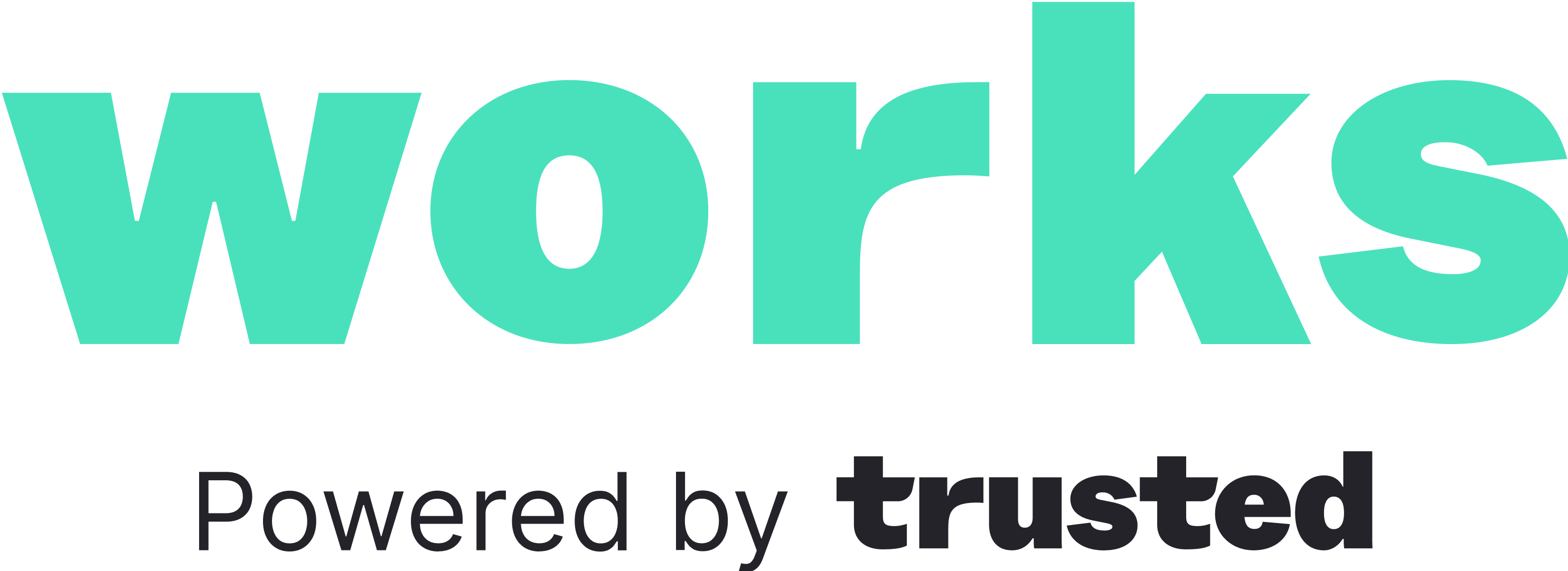
Key learnings:
Building a flexible workforce to fill shifts at a lower cost than contingent labor
The importance of a multigenerational staffing model
Reducing agency staffing from 25% to 8% of total clinical workforce
Real-world clinical and financial results Mercy has achieved
As the demand for nurses is growing steadily, exacerbated by an estimated 640,000 nurse retirements between 2020 and 2030. Nurses are also facing increasingly difficult working environments that are taking a toll on their emotional health, spurring some to leave the profession entirely. Health systems adapting to these headwinds with technology are emerging as leaders in nurse retention, growing access to care, with a focus on the bottom line.
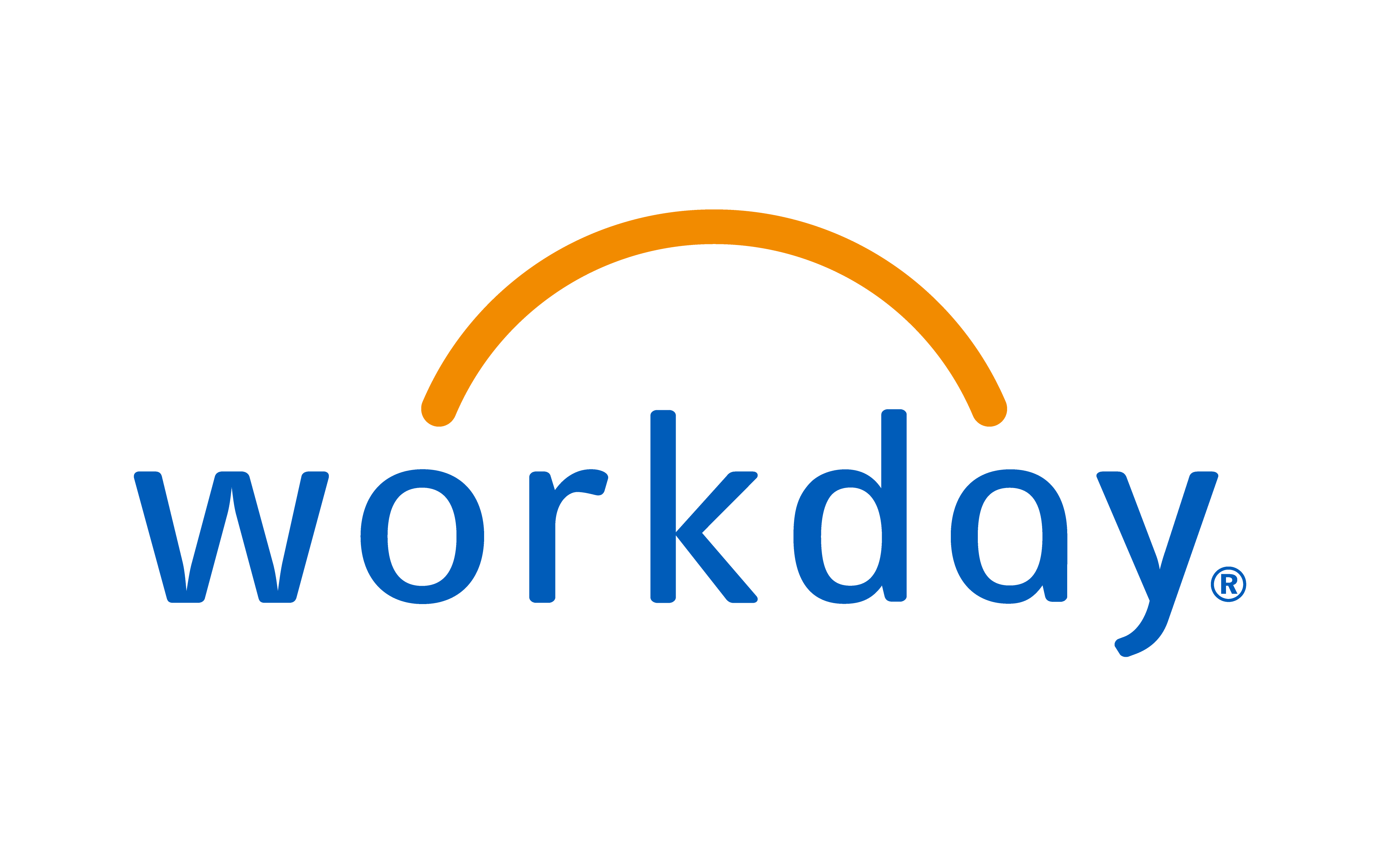
We compiled 10 must-read articles featuring insights from industry leaders that demonstrate the current state of the healthcare supply chain and the types of strategies hospitals and health systems are embracing to strengthen their organizations.
The stories examine:
- Key factors driving challenges across the medical supply chain
- Strategies leading hospitals and health systems are employing to safeguard their supply chains from a range of disruptions
- How technology fits into supply chain strategies

Read the case study to learn how using EngageCare self-service technology to transition administrative and financial tasks to patients helped Wayne improve patient safety, reduce no-shows and increase staff efficiency.
Download a copy of the case study to learn how Wayne:
- Reduced denials 80 percent
- Decreased no-shows and cancellations, saving revenue
- Reallocated staff and eliminated need to fill 5 vacant positions
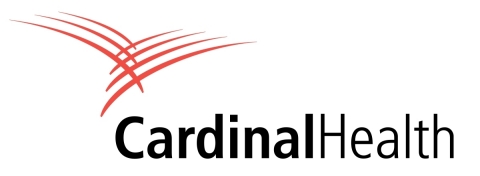
At the Becker's Supply Chain Leadership Virtual Forum, six healthcare supply chain experts discussed their systems' supply chain transformation efforts and shared how supply chains can become a strategic asset when bolstered by the power of data, standardization and process efficiency. This report offers seven takeaways from the discussion.
Key learnings:
- How labor challenges are affecting supply chain teams
- Top priorities for healthcare supply chain leaders in 2022
- The key to successful supply chain transformations

Results include:
- A coordinated experience across conditions for people living with both diabetes and hypertension Multiyear impact on clinical diabetes measures, including reduced HbA1c levels and a fewer hypoglycemic readings
- Measurable impact on systolic and diastolic blood pressure rates among those with uncontrolled hypertension
- Reduced spending incurred through medical care, emergency room visits and pharmacy costs associated with managing chronic conditions, resulting in a positive ROI

Learn how eight organizations across the country have used technology and collaboration to achieve the following:
- 61 percent reduction in opioid prescriptions
- 32 percent reduction in opioid deaths
- 50 percent decrease in emergency department visits for patients with high utilization patterns
- $34 million in cost savings
This downloadable whitepaper will cover:
- Four proven strategies for addressing the opioid epidemic on an organizational and community level
- Statewide efforts to reduce opioid prescribing and use, including implementation of seven best practices for prescription opioids
- How collaboration helped achieve measurable results outside opioids — including decreased ED visits and significant cost savings

In this whitepaper, learn how healthcare organizations across the country are deploying AI-powered technology and opportunities to improve clinical, operational and financial performance.
Key learning points:
- Three criteria for effective AI integration
- Overcoming implementation barriers
- Maximizing ROI with smart AI selection

Today, we’ve moved well beyond hype to the hope that advanced AI will be able to reshape the healthcare industry.
At Notable, we’ve spent the past eight months deploying conversational AI at patient care organizations throughout the United States, and we’ve learned valuable lessons along the way.
In this whitepaper, you’ll learn:
- Why an AI-readiness audit and strategy are essential first steps
- How conversational AI can deliver better experiences for patients and staff
- How leading healthcare organizations are putting the technology to work
- How AI is enabling organizations to rapidly iterate and optimize their workflows
- Successful approaches to programming conversational AI to meet specific outcomes

This article examines how care-at-home solutions alleviate strain by facilitating early discharges, transitional care, chronic disease management and resource optimization. Provider insights and outcomes along with market data demonstrate these programs improve capacity while enhancing patient care delivery.
Key learning points:
- Uncover the underlying challenges that are leading to constrained inpatient bed capacity
- How innovative care-at-home solutions can help unlock hospital capacity
- Insights from leading health systems about successful care-at-home programs

Becker's Hospital Review recently convened hospital and health system leaders from across the country to discuss current sentiments on AI adoption. They discussed factors driving adoption, barriers and challenges, and expectations for sustainably advancing the technology. This whitepaper offers a summary of the discussion.
Key insights:
- Health systems are taking a 'measured approach' to AI
- Advancing AI requires intentionality and metrics
- A shift is underway toward 'sustainable AI'
- Leaders expressed cautious optimism about the road ahead

However, new technology can empower clinicians to make the most of every moment by delivering real-time, data-driven insights to the bedside. Having a digital view into each patient's clinical story as it's happening can support swift, effective decision making in the moments that matter most.
Read this white paper to learn more about the potential of these technologies to reshape critical care.

Increasingly, ORs are outfitted with robotic surgical systems. When managed effectively, these systems can support efficient care delivery and quality surgical outcomes. However, they are significant investments — a single robot can cost as much as $2.5 million to purchase, while maintenance, supply, and leasing fees can mount up over time. To maximize the return on investment for surgical robots, hospital leaders must use a data-driven and strategic approach to optimize their efficiency. This playbook details the "magic equation" — of AI-powered automation, integrated workflows, and change management — needed to achieve that goal.
Learnings include:
- How to leverage data, AI-powered automation, integrated workflows, and change management to drive improved robot utilization and ROI
- A checklist of exactly what health systems need from an effective robot utilization solution
- Case study: How Baptist Medical Center Jacksonville (Fla.) delayed spending on additional robots

Healthcare government organizations face numerous challenges in meeting their healthcare mission, including the need for secure and compliant sharing of personal health information across multiple devices, users, and locations. In this eBook, learn how partnering with Lumen can provide your healthcare agency with the talent, expertise and infrastructure needed to unlock the full potential of your data and rapidly adopt game-changing technologies. Take advantage of the full range of capabilities needed for success in a digital-first business landscape, delivered in a simple platform approach that makes it easy to manage IT operations while also potentially reducing costs.
Key learnings:
- Unlock the keys to a winning digital transformation strategy across multiple business locations
- How to optimize omnichannel and deliver exceptional digital and physical healthcare experiences
- Explore ways to mitigate supply chain and cybersecurity risks

Effective clinical decision-making and treatment plans often hinge on data from diagnostic laboratories. But for many healthcare organizations, the patient data clinicians need is fragmented and siloed, making it difficult to integrate or match to the right patient — which can have severe consequences.
This whitepaper highlights Sonora Quest Laboratories' digital transformation journey to drive interoperability through identity data management. Sonora Quest Laboratories is a large, integrated diagnostic lab and joint venture between Phoenix-based Banner Health and Quest Diagnostics.
Download to learn:
- Challenges Sonora Quest faced in data identity management, per their CIO
- Four key takeaways from Sonora Quest's digital transformation + real results they achieved
- Best practices for improving patient matching technology

The mindset toward health IT is changing for many healthcare leaders. Organizations benefit by steering away from the “necessary expense” perspective to consider IT as a strategic asset. When this mindset is embraced, health IT is a powerful enabler for truly scaling and achieving operational efficiency across the enterprise.
This brief report discusses how leveraging health IT through comprehensive managed services can achieve sustainable growth.
Key learning points:
- Leveraging IT as a true asset to transform how care is delivered and overall operations
- How providers should strategize through partnerships to secure the greatest possible total value for their systems over time, instead of prioritizing the greatest short-term savings
- Examples on how a comprehensive managed services strategy provides opportunities for scale that aren't typically possible when IT delivery is solely handled in-house

Despite AI's meteoric rise in popularity across industries, healthcare has lagged behind on adoption, with 60% of leaders reporting their company is not moving quickly enough. At the same time, 86% of leaders believe the ability to effectively leverage tech, data and AI will define success over the next five years, meaning organizations need to bridge the gap quickly.
With healthcare's privacy, regulatory and security concerns adding a layer of complexity to AI implementation, the right third-party AI partner can offer a path forward — but healthcare organizations need to know what to look for. This whitepaper uses findings from a survey of healthcare leaders to examine AI adoption, barriers and factors for a successful AI partnership.
You'll learn:
- Where other organizations are in their AI journey
- How to lay the groundwork for successful AI adoption
- How to choose long-term partners to support AI growth and ROI

By now, healthcare leaders are familiar with AI's potential to alleviate documentation burden, lighten clinicians' cognitive load and streamline operations overall, but only 6% of organizations currently have a generative AI strategy in place.
Many leaders have been overwhelmed by how quickly the technology has burst into the public consciousness and the hype surrounding it. Hospital leaders need clarity on generative AI’s risks and use cases if they’re to create a successful strategy, and apply the technology safely and effectively.
In this guide, we look beyond the hype to explore five key areas every healthcare organization should consider when developing an AI strategy and assessing potential vendors’ solutions.
Key learning points:
- Criteria to look for in a vendor to ensure their solutions fit daily practices in healthcare
- Crafting a responsible approach to AI
- How to prioritize solutions that can be deployed effectively in real-world environments

Transforming the Cerner patient intake and registration process is not just an option, it’s a necessity.
63% of patients say their provider’s digital tools have not met their expectations and 41% of patients have switched providers due to a poor digital experience.
This guide provides a detailed look at the strategies other organizations use to deliver exceptional digital experiences with Cerner.
Why this guide?
- Innovate with confidence: Learn from a comprehensive analysis of successful Cerner-based digital transformations in patient engagement, distilled into actionable insights.
- Drive efficiency and enhance satisfaction: Uncover secrets to reducing administrative burdens while significantly improving patient and staff satisfaction.
- Stay ahead of the competition: From using AI and automation to integrating patient feedback loops, discover the approaches leading Cerner-based healthcare organizations are taking and the results they’re driving.

But there are significant challenges to tackle in order to get there, especially surrounding data ingestion, model training and validation. This white paper shares how healthcare organizations are deriving useful insights from complex imaging data.
Key learning points:
- Potential use cases for medical imaging AI
- How to build reliable, scalable solutions for managing complex data
- How analysis-ready data repositories promote rapid AI development

With over 100,000 procedure codes from three different coding systems currently in use, having consistent and complete mappings is critically important. This white paper details the best way to get the most out of your coding data.
You will learn:
- What service line groupers are available in the market today
- The types of coding systems
- How better grouping can help your system harness growth opportunities, target consumers and conduct market planning

This guide provides six actionable strategies that enhance patient access, communication and readiness based on insights from more than 700 million data points collected across 650 healthcare organizations like Fairview Health Services (Minneapolis) and UW Medicine (Seattle). It also covers improvement opportunities for critical areas such as self-scheduling, rescheduling, response rates, care follow-up and referral outreach.
Download to learn how to:
- Implement user-friendly, self-scheduling options that significantly improve patient access to care and reduce administrative workload
- Simplify the rescheduling process and use direct communication methods like SMS to greatly increase patient engagement and reduce no-shows
- Gather and act on real-time patient feedback to be able to improve patient satisfaction and enhance the overall healthcare experience

Becker's spoke with leaders from Salt Lake City-based Intermountain Health and Ottawa (Ontario) Hospital about how they're using a one-stop-shop data infrastructure to quickly get answers and action items for critical operational, research and innovation-related questions. This whitepaper offers a summary of the discussion.
Key learnings:
- The advantages of a comprehensive, real-time synthetic data platform
- Real-world case studies from Intermountain and Ottawa Hospital

But how prepared is your organization to harness its full potential?
Discover the roadmap to not just surviving but thriving in the age of AI.
- Combining insights gleaned from leaders at dozens of health systems with the experience of deploying AI to thousands of care sites, this guide covers:
- Why AI’s moment in healthcare is now
- 10 essential elements for building and deploying an enterprise-wide AI strategy
- How to ensure your AI efforts remain aligned with your business strategy
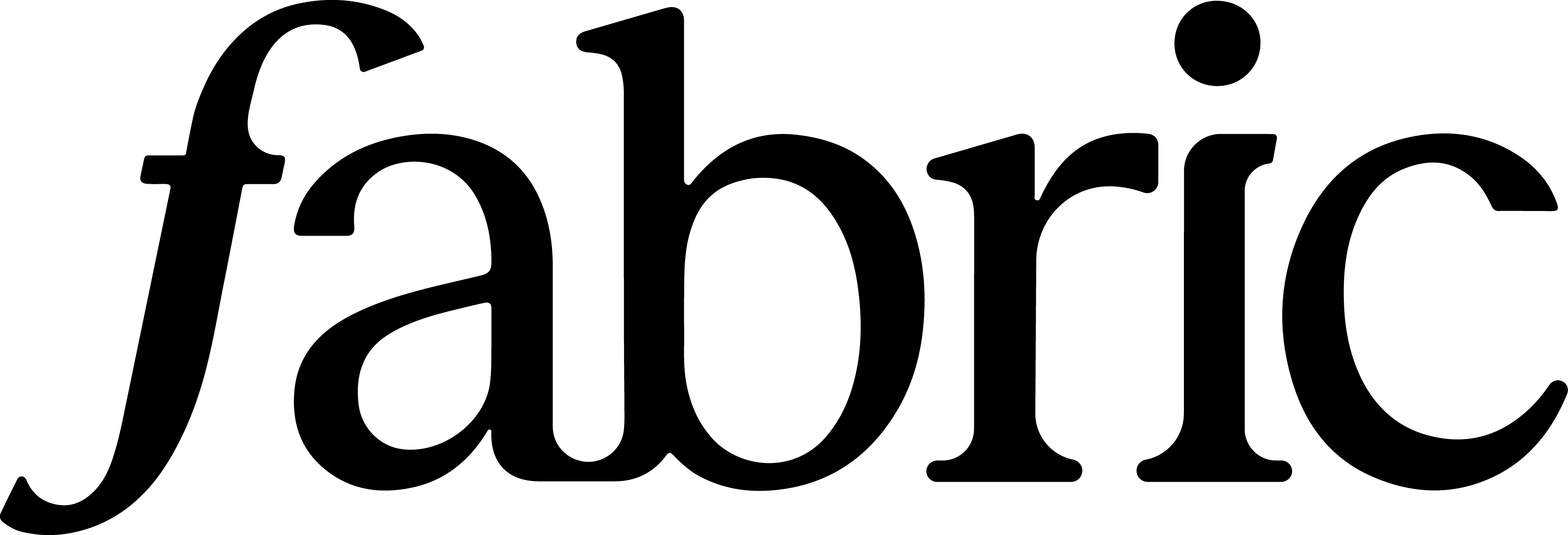
This research-based guide demonstrates how embracing hybrid care and asynchronous telehealth can help to solve healthcare's greatest challenges — like provider burnout, delayed/avoided care, health equity and more — and outlines important use cases.
Download to access:
- The basics on asynchronous virtual care and how it reduces clinician burnout and administrative burden
- Opportunities for improving patient experience and acquisition, downstream revenue and greater access for rural and non-English-speaking populations
- The largest case study on this care modality from the COVID-19 pandemic
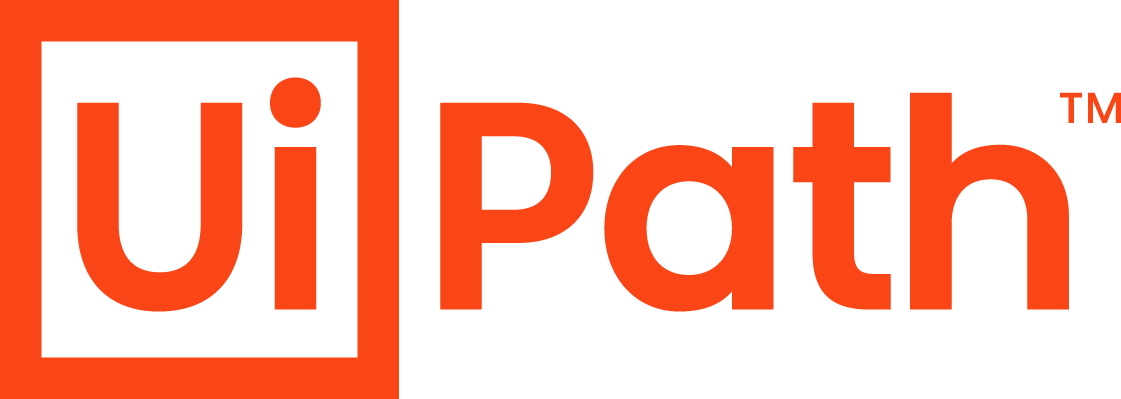
In this white paper, you'll learn four key components — which emerged from a roundtable discussion with hospital and health system CEOs and CFOs — to drive sustainable improvements with automation and ensure return on investment.
Download for more insights on:
- Trends in automation investments and complexity
- Opportunities for improvements in clinical quality, productivity + revenue integrity
- Four critical components of an effective automation strategy

In this white paper, top clinical leaders from Salt Lake City, UT-based Intermountain Health and Durham, NC-based Duke University Health System share how their systems are embracing new technologies to support nurses while improving operational efficiencies and the patient experience.
Key learnings:
- Why systems are increasingly investing in technology that aids nurses
- How AI technology can support multiple aspects of nurses' jobs and roles
- Key considerations for thoughtful technology implementations

- One of the most promising potential applications is streamlining important, but time-consuming, administrative responsibilities of health care workers. Health systems can benefit their staff and patients by focusing on AI adoption that enables clinicians and technicians to focus more time and energy on activities with the greatest impact on direct patient care.
- One of the top priorities evaluating the role AI in health care is scalability. With technology tools that effectively handle large volumes of data, health systems can increase efficiency for rapidly expanding areas of responsibility, such as tracking and managing large medical device inventories.
- The rapidly evolving capabilities of AI and growing number of software products emphasize the need for strong process governance, especially in fields such as clinical engineering which already engage with complex, critical technologies.

In this white paper, you'll learn how hospitals and health systems are leveraging a single technology platform to enhance patients' care experiences across all settings, as well as save costs, reduce burden and drive innovation.
See how this approach enables:
- Value across each step of the patient journey, from at home care to the patient room
- Improved daily workflows with apps and integrations
- Innovation with new technologies like artificial intelligence and more

This eGuide will help you understand:
- The key concepts behind ML and common applications
- How it’s becoming more useful to people at all levels of organizations

In this eBook from Keysight Technologies, you will discover
- How automation can improve workflow management to help physicians and patients alike
- How AI-driven test automation helps your EMR become more interoperable and user-friendly
- Six critical tasks that can be optimized with robotic process automation
- The importance of testing both on-site and wearable medical devices
Please fill out the form to download the eBook.

This report examined the perspectives of more than 1,200 healthcare employees, patients and guardians on the state of patient access in 2024, including:
- How well patient access functions are managed in U.S. healthcare
- What functions are best meeting patient and staff members' expectations
- Providers' primary cause of denied claims
- The biggest pain point for patients

Through an analysis of the digital payment platforms' role and the hidden costs of their independent use, the paper highlights the complementary nature of patient financing solutions on both financial outcomes for health systems and patient experiences.
Key takeaways in this whitepaper:
- Discover how the integration of digital payment platforms with comprehensive patient financing solutions can address the shortcomings of standalone systems.
- Learn about the benefits of combining digital ease with flexible financing solutions, including the reduction of bad debt, increased patient loyalty and improved financial health for health systems.
- Understand the importance of leveraging data-driven insights from patient financing solutions to make informed decisions that mitigate financial risks while enhancing patient care.
- Gain insights into how the combination of digital platforms and patient financing solutions can lead to more efficient collections at the lowest cost.

Health systems are grappling with increasing levels of uncompensated care as healthcare costs rise and insurance coverage remains inadequate for a significant portion of the population.
This whitepaper outlines key opportunities for organizations to maximize revenue recovery efforts while improving cash flow and operations.
Learn to adapt to rising costs with insights on:
- Understanding the current healthcare environment regarding rising costs, COVID-19 impacts and Medicaid redetermination
- Focusing on more than cost-cutting
- Auditing your current solutions and processes

Choosing the wrong tool could add work for your team and cost you more, or it could become “shelfware”—never being properly implemented at all.
Use this guide to help you make more informed and careful decisions when picking a solution so you don't fall for the hype.
Inside this whitepaper, you'll find:
- 3 foundational ideas that may transform the way you think about AI and modern tech
- A helpful set of questions to run through every time you're looking to introduce a new solution
- A key consideration when assessing if a tech tool will ultimately provide value

All automation is not created equal.
Some solutions are flawed. Some simply require extra expertise. But there is good news: The fixes exist. This eBook will give you tips on how to avoid four common mistakes technologies make while also exploring:
- Estimation rates and accuracy
- Common flaws in prior authorization
- Tips for proactive revenue monitoring
- A 6-step checklist for denials automation

Many health systems are turning to automation to tackle healthcare's thorniest issues, and denials are no exception. With the right solution, organizations can achieve a 72% reduction in their denial rate. This free eBook outlines four steps organizations can take to dramatically reduce denials, boost revenue, and lighten workload for overburdened employees.
You'll learn strategies to:
- Prevent front-end denials using data
- Optimize claim submission with speed and accuracy
- Respond to denials with data-driven intelligence
- Deliver a plan for long-term improvement
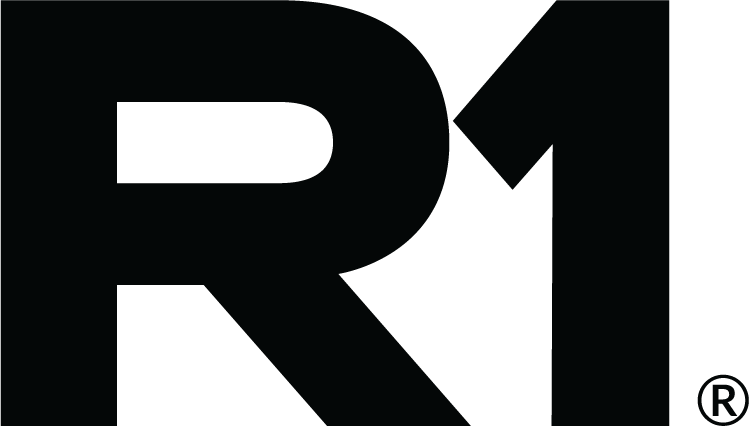
- Fundamental pathways to follow for financial success
- Tactical approaches to ensure ongoing compliance
- Proven methods to maximize reimbursement potential
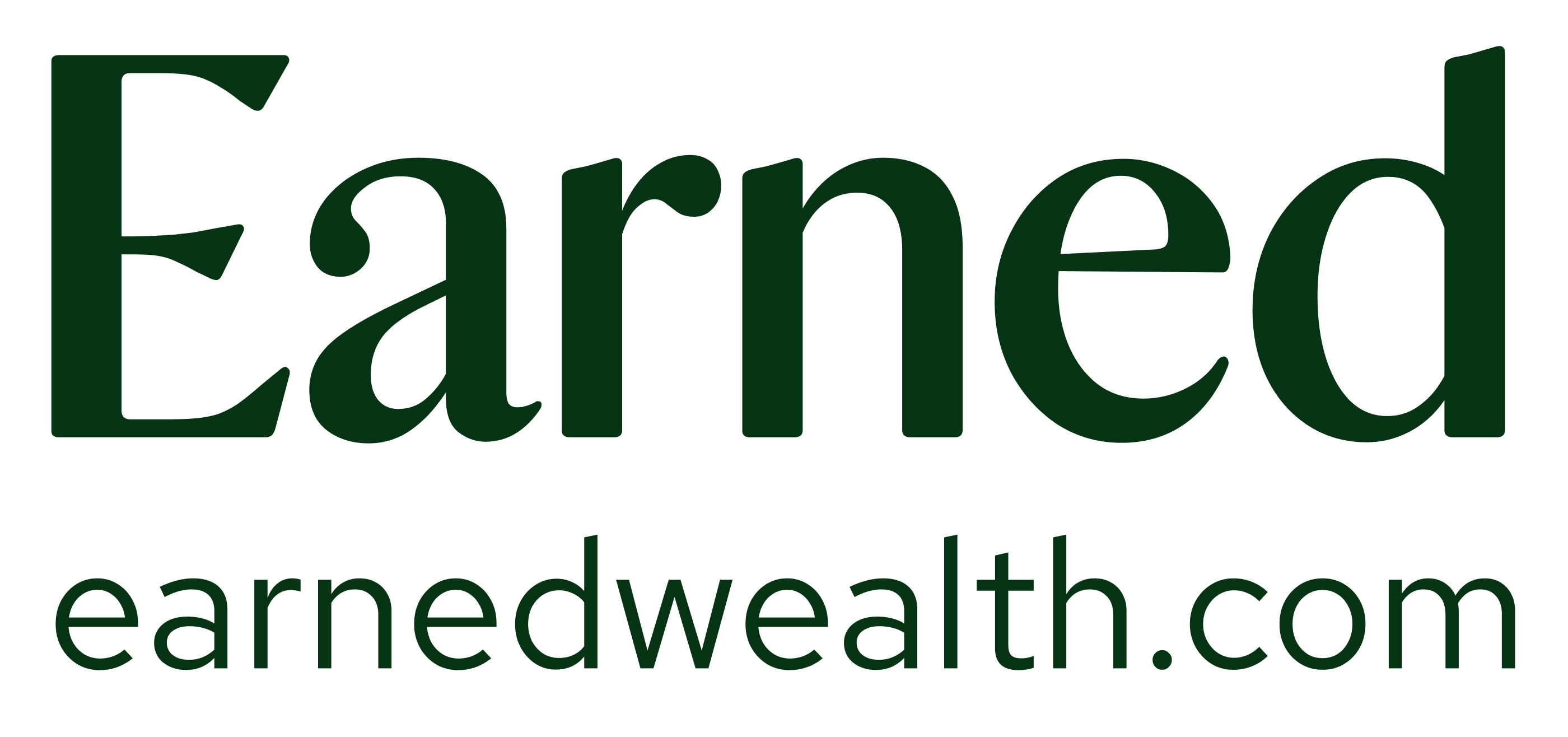
Key learnings:
- How practice owners can best position themselves in the market with a strategic buyer or private equity (PE) platform
- The value that an investment banker-led marketed process brings vs a non-marketed process
- Strategies to maximize personal wealth for physician owners through pre-sale and post-sale wealth planning
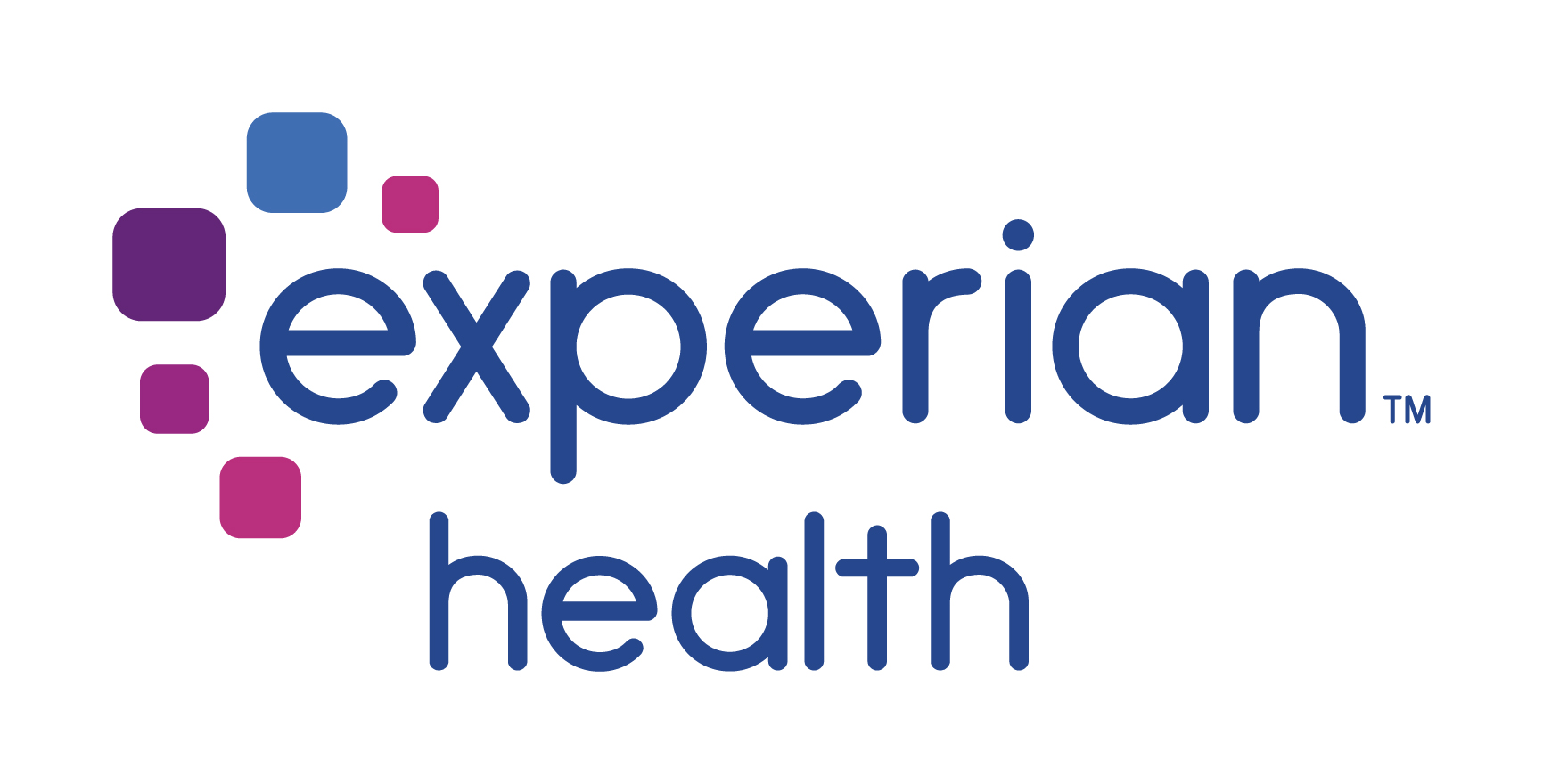
This report uncovers findings from a survey of 200 employees responsible for staffing the revenue cycle function at provider organizations, demonstrating how chronic staff shortages of non-clinical staff affect the revenue cycle at their organization. Before the pandemic, the situation was concerning. Now, it's unsustainable.
Download the report to learn where there are opportunities to address top challenges and position your organization for long-term stability.
Sample findings:
- 96% of respondents indicated that payer reimbursements, patient collections -- or both -- were affected by staff shortages
- More than 8 out of 10 respondents say the patient experience is worse due to staffing shortages
- 92% of respondents say new staff members make errors that negatively affect claims

But there are different reasons for pursuing RCM partnerships and very different approaches to partnership. Which approach and partners are best for your organization?
Here are insights from new research conducted with the Health Management Academy:
- 4 key reasons health systems pursue RCM partnerships
- 2 primary approaches to RCM partnership, and the key differences between them
- Factors to consider when vetting and evaluating RCM partnerships
- Why so many leading health systems are considering enterprise RCM partnerships
The key takeaway: RCM partnerships are necessary but they're not all alike. Understand the differences to make the best RCM decision for your health system.

Consumers, on the one hand, need increased support to understand their bills and figure out how to pay them. On the other hand, patients with more skin in the game are becoming more demanding about the quality of their customer experience.
These changes necessitate a new patient payment model that focuses on delivering convenience and clear communication to patients, driving both quicker payments and increased patient satisfaction.
Download this whitepaper to learn:
- The current state of patient collections, with data
- How to help patients take charge of their new responsibility
- How to identify hidden coverage
- How to increase the likelihood of quick, easy payment

Download the e-book to learn more about how health leaders can ready their organization for growth with forward-thinking strategies that include:
- Meeting the consumer on their terms
- Adapting to new competition
- The growing role of strategic partnerships
- Mastering the new indicators of growth
- Tracking the spend of the health care dollar

We asked physician management and healthcare organization leaders to share their strategies for overcoming the considerable challenges of this altered landscape. They offer 10 strategies for using data and analytics to better manage capacity, coordinate care and optimize revenues, including:
- Tracking real-time practice COVID-19 volumes
- Managing productivity and modifying physician incentive compensation
- Capturing charges efficiently and accurately at the point of care
- Improving throughput across the continuum
The white paper features expert views from:
- Dennis Deruelle, MD – Executive Director of Hospital Medicine, American Physician Partners
- Andrea Funk, RN, MEd, CPHQ – Vice President of Integrated Acute Care Operations, US Acute Care Solutions
- Derick D. Perkins – Founder and Managing Partner, Metis Advisors LLC
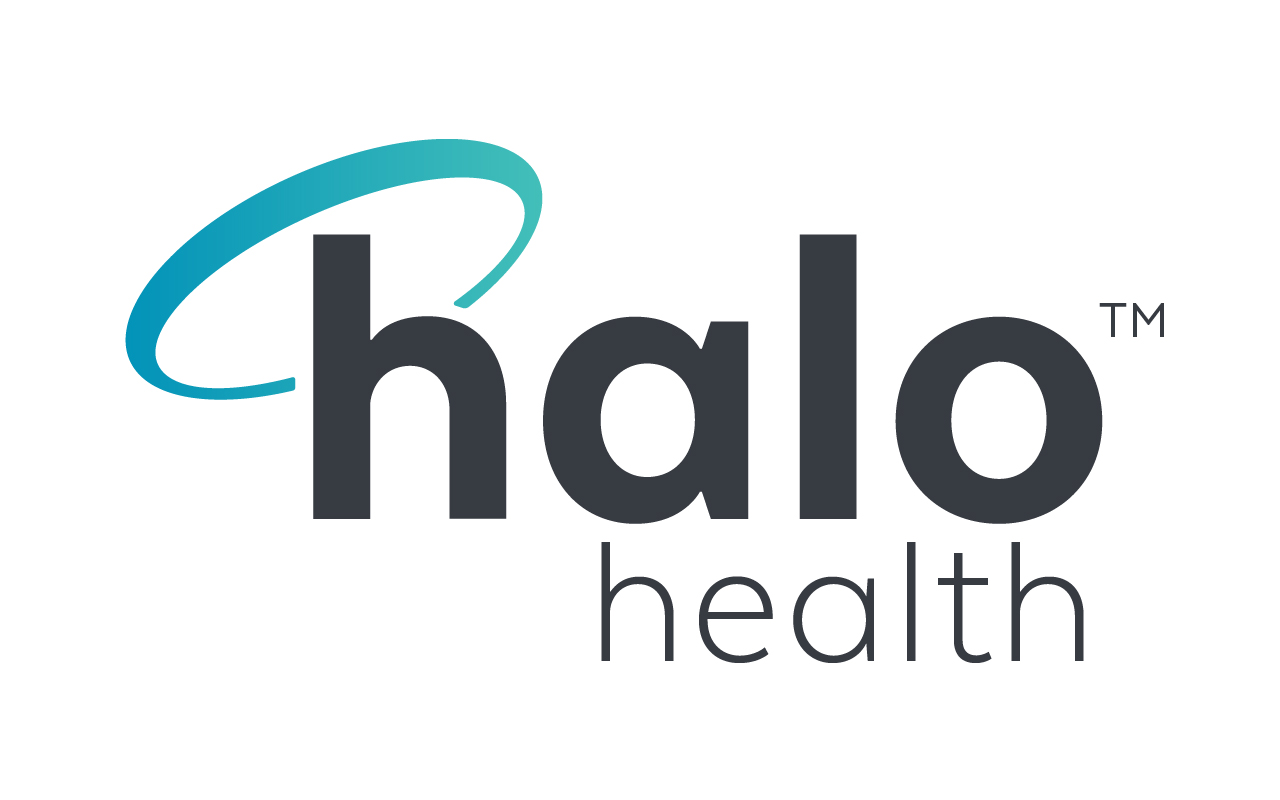
Before the arrival of COVID-19, specific environmental trends were challenging the healthcare industry, such as acquisitions of smaller health systems by larger health systems, clinician shortages and burnout. These trends had already created an urgent demand for clinical communication platforms (CCP) that would work securely across growing networks of diverse care provider organizations. The arrival of COVID-19 has applied untold new pressures to already strained systems.
In this white paper, you will learn about:
- The impact and cost of COVID-19 on healthcare
- How clinical collaboration platforms improved communication during COVID-19
- Where you will see cost savings from leveraging clinical collaboration platforms
- What to look for in a clinical collaboration platform in order to achieve savings
- How clinical collaboration platforms can help your organization increase efficiency and achieve return on investment

Download this whitepaper where William Rifkin, MD, Associate Vice President and Managing Editor at MCG Health, breaks down the general framework around observation care, which aims to help users employ such care correctly to ensure patient safety and reduce friction with payers.
Key learning points:
- Discussion of the intended duration of observation care
- Comparing utilization patterns for selected diagnoses
- Analyzing the stability of observation vs. inpatient rates (including a combined analysis of ED decision making for all potentially ambulatory diagnoses)

Seeking a more efficient and effective tool than their wholesaler analytics platform, Sentara opted to implement a new drug spend optimization platform. The decision helped detect overcharges, simplify the credit and rebill process and identify lower-cost alternatives. Within five months, Sentara eliminated more than $1 million in annual drug spend.
This brief report delves into how the system achieved such significant savings.
Key learnings:
- The advantages of utilizing a spend optimization platform
- Best practices behind the success of Sentara's software implementation
- Benefits of leveraging both a supply chain expert and software to optimize purchasing workflows and drive savings

The system's marketing team has collaborated with its Office of Health Informatics and Analytics for several years, using data and technology to personalize patients' lifelong health journeys. This white paper delves deeper into UCLA Health's marketing strategy and successful initiatives, including:
- What marketing channels the system uses to connect with consumers
- How the system navigates stringent compliance requirements
- Deployments of new marketing technology from Oracle

This Forrester trends report leverages analysts' insights to forecast how digital experiences — ranging from chats to the metaverse — will affect the healthcare industry across three key dimensions: revenue, cost savings and patient experiences.
Download the report to learn:
- Which digital interface will affect healthcare the most
- How invisible experiences will have a larger financial impact
- Ways proactive engagement prevents illness before treatment is needed

This meta-analysis tracks results across eight studies covering more than 34,711 patients, 19,136 of whom were monitored using the LEAF◊ Patient Monitoring System.
See the huge impact the system made on protocol adherence and incidence of pressure injuries.
- 1 randomized controlled trial
- 7 conference abstracts
- Study results included both clinical and health economic data
The LEAF System combines wearable patient sensors with a user interface, offering:
- Personalized care for each patient
- Digital turn reminders (in room and at the nurses’ station)
- Confirmation that patient turns have sufficiently offloaded pressure
- Automatically generated reports that can be used for root cause analysis

Learn how, with TRIMEDX and a comprehensive clinical asset management strategy, Ascension identified and acted upon proactive opportunities that leveraged its medical equipment and amplified the positive impact the organization has on patients, staff, and communities.

Faced with these challenges, healthcare organizations must take a proactive approach leveraging historical data to develop predictive analytics to manage nurse onboarding and retention. This whitepaper shares how nurse leaders can apply a quality improvement methodology to streamline the onboarding process while addressing work-life balance concerns to successfully retain new nurses beyond their first few years of practice.
Key takeaways:
- 7 questions to consider when assessing your onboarding strategy
- 4 strategies to streamline new nurse onboarding
- The benefits of a centralized onboarding model

With safety and efficiency in mind, two Mayo Clinic physicians have reimagined the surgical gown to reduce instrument drops and improve instrument accessibility. One of the physicians recently caught up with Becker's to share how a simple change can help minimize contamination risks, procedural delays and enhance overall convenience and efficiency.
Download this brief summary to learn about:
- How a gown redesign can address key complexities in the delicate choreography of surgery
- Simplifying communication among OR staff
- The science behind "an extra hand" in resource-constrained environments

Under Mr. Desai's leadership, the Louisville, Ky.-based system is centralizing, automating and optimizing pharmacy operational, clinical and regulatory processes across nine hospitals and 450+ ambulatory care sites. This whitepaper details Baptist Health's success story so far, offering insights into tackling top challenges pharmacies are facing today — rising costs, drug and labor shortages, pricing/reimbursement complexities, and increasingly stringent regulations.
Download the whitepaper to learn how to:
- Gain real-time visibility into and control over drug products to optimize inventory, reduce costs, and minimize waste and expiry
- Free pharmacists from manual inventory management tasks and allow more time for patient care
- Centralize oversight of regulatory requirements to maintain safety and compliance

Specialty drugs account for more than half of drug spending. As employee benefit costs continue to cut into hospital margins, transitioning your outpatient pharmacy strategy to filling employees' specialty prescriptions in-house can generate significant savings — with the added benefit of improving patient satisfaction and care quality through expanded resources.
This whitepaper examines how a critical access hospital drove $300,000 in additional value from its employee benefit plan in one year and extended community care.
You'll learn:
- How to drive additional value in employee benefit plans
- New ways to capture specialty prescription volume in your outpatient pharmacy
- Real-world examples of challenges and successes
This white paper shares five key lessons from Michigan Medicine in Ann Arbor and Allina Health in Minneapolis, two systems that have built thriving hospital-at-home programs.
Key learning points:
- Important actions health systems have taken to plan for and stand up a hospital at home program
- Identify and overcome barriers related to launching a program
- Best practices and to grow and maintain a strong program
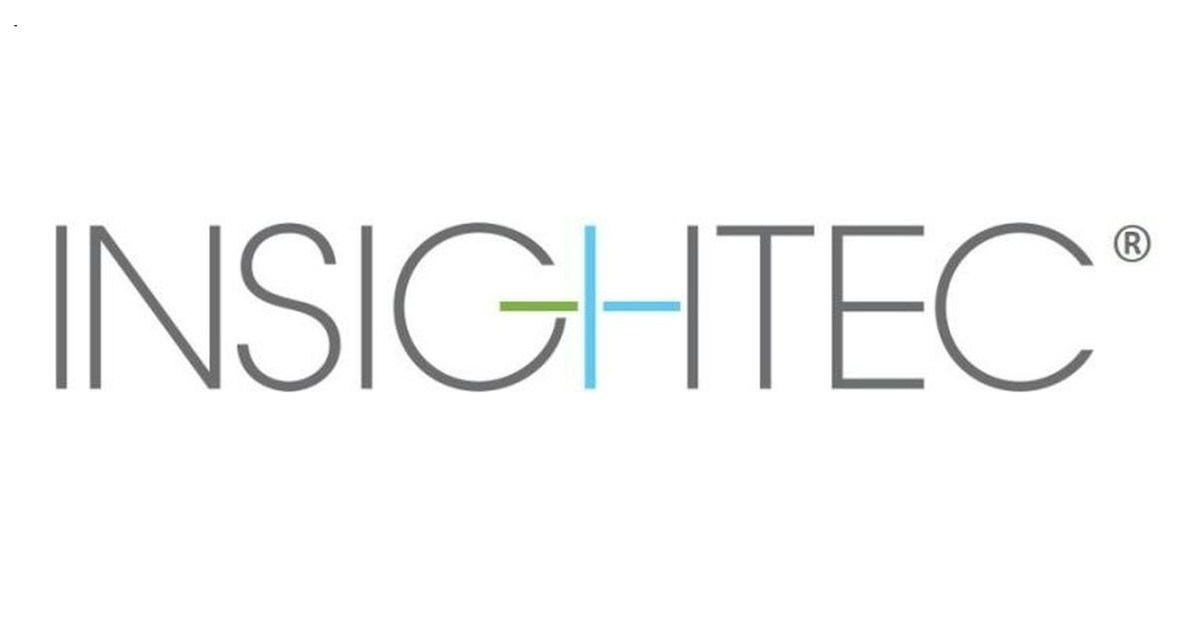
The Hackensack Meridian Neuroscience Institute at Hackensack University Medical Center became the first hospital in New Jersey to offer focused ultrasound treatment for tremor-dominant Parkinson's disease and essential tremor in June 2021. The team knew that to build a successful program, they would need to develop a marketing campaign that targeted patients as well as physicians.
Download the white paper to learn how they built brand awareness, surpassed their goal for cases in the first year and maximized the campaign's reach to potential patients.

However, organizations commonly struggle to find the right balance in these two areas. Organizations must maintain high operational maturity and a strong patient experience to strengthen patient loyalty and improve efficiency, build a positive reputation, and gain an edge over their competitors.
Download this e-book and see where your organization falls on the patient access maturity matrix.
Learning points:
- Common barriers to patient access and top areas of focus
- Ways for organizations to balance the patient experience and operations
- Steps to develop and execute a plan to improve patient access
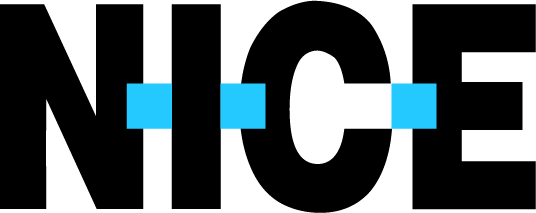
Only 4% of U.S. residents feel consumer experiences have improved over the past year, according to a study by Customer Contact Week Digital. A staggering 57% feel they've gotten worse.
As competition in healthcare intensifies, hospitals and health systems can gain a competitive advantage by crafting an exceptional consumer experience. The trends detailed in this e-book reveal what consumers crave from digital experiences.
Learnings include:
- How to align the digital experience strategy with consumer needs.
- How to harness cutting-edge tools and other advanced consumer experience solutions.
- A breakdown of how AI is revolutionizing the consumer experience across industries.
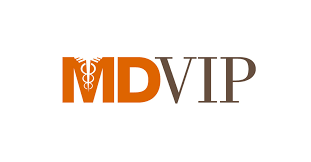
Patients are frustrated by poor communication, hard-to-solve billing disputes and — when they are able to get an appointment — feeling rushed. As a result, more providers are innovating and exploring possibilities in elevated care models, including personalized primary care via concierge medicine or membership-based healthcare.
In these five must-reads, you'll learn about:
- New wellness models being embraced by health systems
- Innovation in primary care
- Why patient experience scores are on the decline

Key points that readers will learn include:
- The clinical and financial impact of alarm fatigue and these adverse patient conditions
- How continuous clinical surveillance is different from patient monitoring and alarm management and focuses on mitigating non-clinically actionable alerts and notifications
- Published results that hospitals have achieved with continuous clinical surveillance

Becker's Dental + DSO Review recently spoke with Sadiye Akturk, global solutions ambassador at Straumann Group DSO Global, to explore how cloud-based dental practice management technology can address the pressing challenges facing these organizations.
Learn how a cloud practice management system can:
- Make it easier to monitor performance across multiple locations and view real-time analytics.
- Increase production at your dental organization.
- Help reduce day sales outstanding.

In this must-read e-book, you'll find a collection of seven articles that paint a picture of today's current DSO and dental landscape, common challenges associated with growth, and how dental leaders are using technology for streamlined patient engagement and stronger finances.
Download to learn more about:
- The role of emerging artificial intelligence technology in dentistry
- Executives' tips for improving the patient experience
- What 60% of the largest DSOs are using to strengthen operations + their bottom line

One multispecialty DSO with more than 180 locations was able to save about $3 million annually by executing a strategic procurement initiative that drove savings towards their bottom line and increased ordering efficiencies among their practices in the process. This was all done while maintaining physicians' and clinicians' autonomy regarding clinically sensitive items they have access to.
Download the case study below to learn how SourceClub helped this multispecialty DSO save millions and achieve success
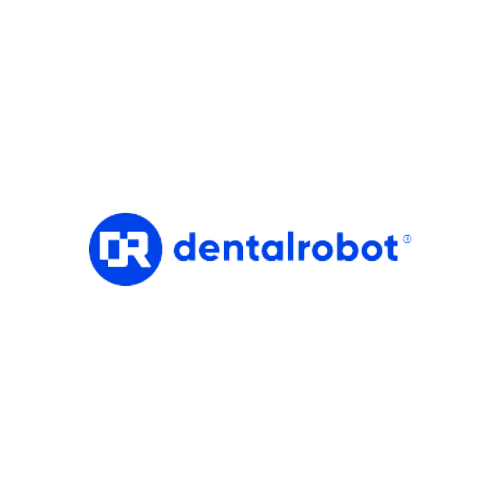
Regardless of how you built the processes in your DSO, MSO, or Group, DentalRobot provides a custom-fit automation solution that matches your current context and vision for operations and growth. We understand each specialty and its journey. We impact your organization's outcomes by rapidly automating every process from insurance verification or EOB posting to Accelerated Patient Scheduling or Customized Treatment Plan Follow-Ups.

